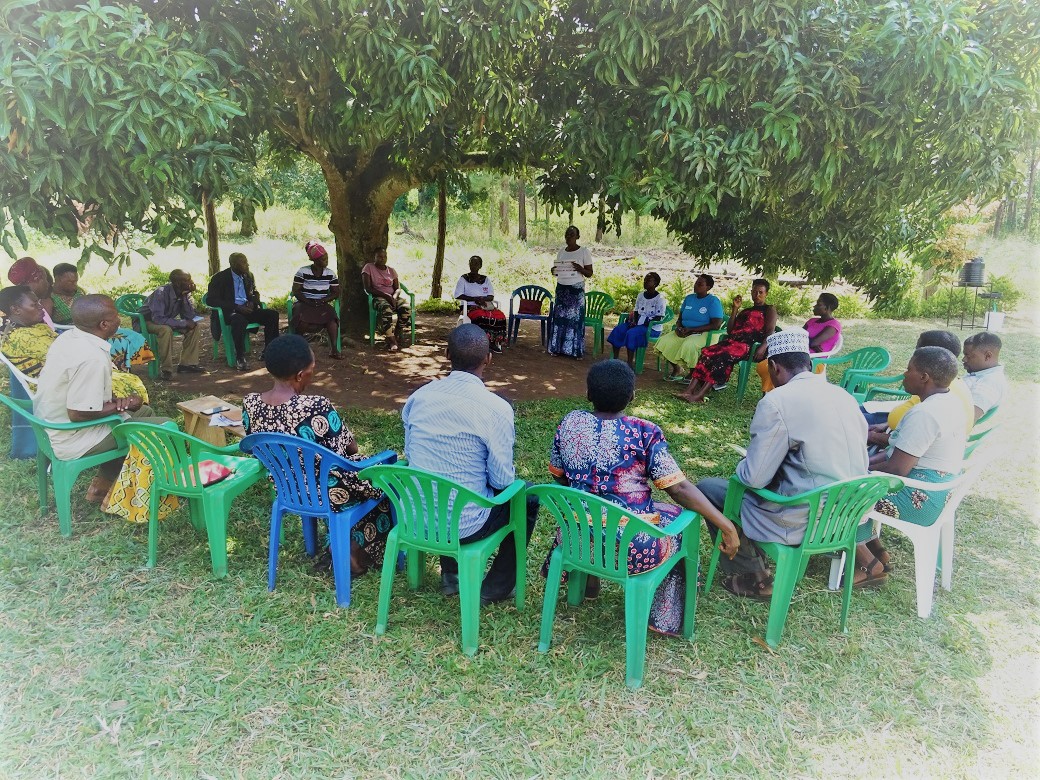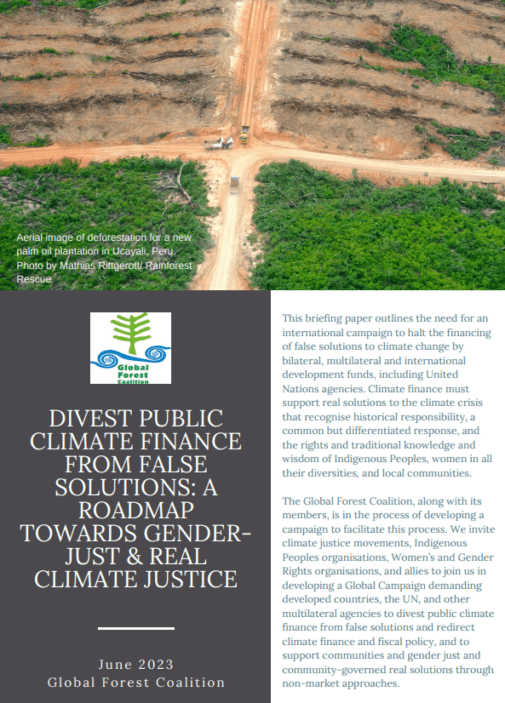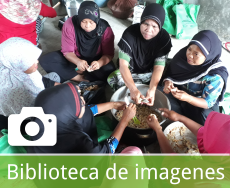4th Agriculture and Rural Development Day – Promoting the “Cerrado [agribusiness] model”
“Land grab may work well for everybody and must not be rejected with knee-jerk reactions.” – Rachel Kyte, World Bank Vice President for Sustainable Development and CGIAR Fund Council Chair
The 4th Agriculture and Rural Development Day was held on 18th June, hosted by Embrapa (Brazil’s public-sector agricultural research company) and CGIAR, a World Bank funding body for agricultural research. Previous such days, which coincided with climate COPs, served to rally political and financial support for the controversial concept of Climate-Smart Agriculture, discussed further below.
Three days before, I had attended a Peoples Summit event on Peasant Farming and Agroecology, organised by a network of Brazilian social movements and NGOs. Speakers there addressed the vital need for agroecological peasant farming as the only way of preserving the agro-biodiversity, healthy soils and water and cultural knowledge which will be vital for feeding the world’s population during escalating climate change. Many presented inspiring examples of agroecological practices and mobilisations to win political support for those.
The agricultural model promoted during the plenary presentations of the Agriculture and Rural Development Day (ARRD) promoted was the very opposite of agroecology . What those speakers – whether from Embrapa, the Brazilian government or CGIAR – regarded as the model for ‘sustainable agriculture’ and especially ‘sustainable intensification of agriculture’ was Brazil’s conversion of the Cerrado to industrial monocultures – “the Cerrado model” or “Brazilian miracle”. Embrapa and the Brazilian government speakers impressed others with that ‘success’ story: As they, dubiously claimed, it served to double Brazil’s food production since 1970 and allowed Brazil to become self-sufficient in food and a net exporter rather than relying on food imports, reduced real food prices, involved large yield increases and, allegedly coincided with the major reduction in Amazon deforestation in the past decade. The massive deforestation of the Cerrado, known as the world’s most biodiverse savannah was mentioned in one just one sentence. Nothing was said about the displacement of communities, land conflicts, pesticide poisoning (with Brazil reportedly the largest user of pesticides worldwide) or the destruction of rural food sovereignty and displacement of other food by crop monocultures. While mixed cropping in agroecology tends to reach far higher overall yields than industrial monocultures, ARRD panellists did not look beyond ‘single crop yields’ – which of course are highest when only a single crop is grown at any one time. Speakers from CGIAR, FAO and other funds warmly welcomed the ‘Cerrado model’. This, it appears, is their vision for Climate-Smart Agriculture for the tropics. In particular, it was presented as a vision for the African savannah – with a CGIAR spokesperson speaking of the opportunity Africa would have from following Brazil’s example. When a member of the audience asked about land-grabbing that would intensify if the ‘Cerrado model’ was imposed across African savannah regions, a CGIAR speaker merely assured him that his agency had ‘done research’ into this. Rachel Kyte from the World Bank and CGIAR Fund was blunter, stating that there should not be knee-jerk reactions against all land grabs, which could benefit everybody.
To achieve this vision of ‘sustainable intensification’, increased funding was called for – though CGIAR acknowledged a major increase in their own budget and funding for agriculture and agricultural research in recent years. Public-private partnerships were seen as key. To demonstrate the organisers’ commitment to the corporate sector, the Yara were invited to the first panel. Yara are a Norwegian fertiliser producer heavily involved in the development of the Climate-Smart Agriculture concept and ‘Agricultural Development Corridors’ in Africa. Yara’s representative claimed that the company’s ‘precision fertilisation’ techniques were key to increasing yields in Africa and spoke about several cooperatives set up by the company in Africa to help them gain access to small farmers and how they were benefiting from partnerships. CGIAR’s Carl Hausman proclaimed: “We must grow, not constrain the private sector, while repeating the landscape’s ecosystem services”.
Finally, when asked about the impacts which agribusiness expansion in Brazil was having on forests, one a speaker from a Brazilian research agricultural research institute (FGV) proudly replied that his country was doing more than its share for forests – having got 7 million hectares of “planted forests”, i.e. industrial tree plantations. Next year, many panellists agreed, the day should be about ‘landscape’, i.e. forests as well as agriculture – in other words a combined promotion event for crop and tree plantations of all types.
Almuth Ernsting – Biofuelwatch
almuthbernstinguk@yahoo.co.uk







